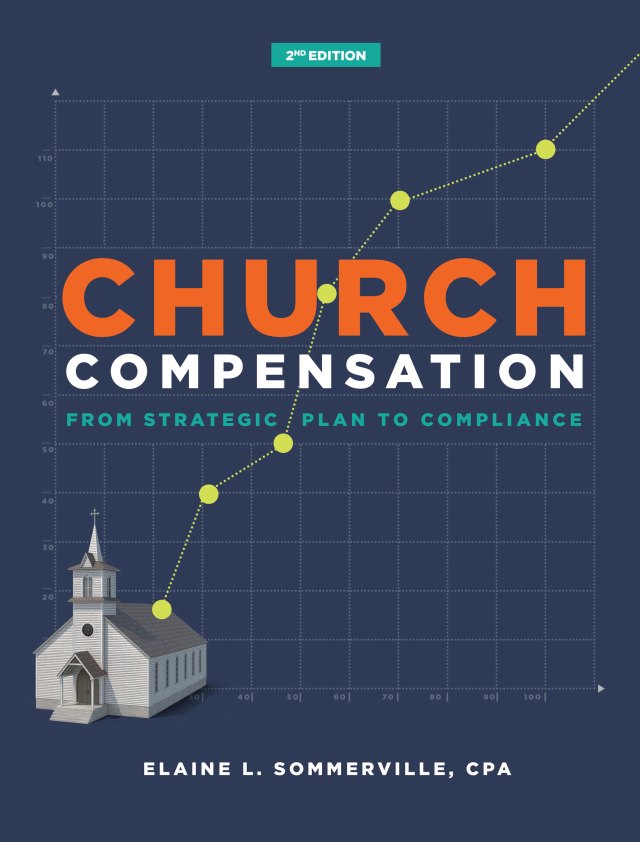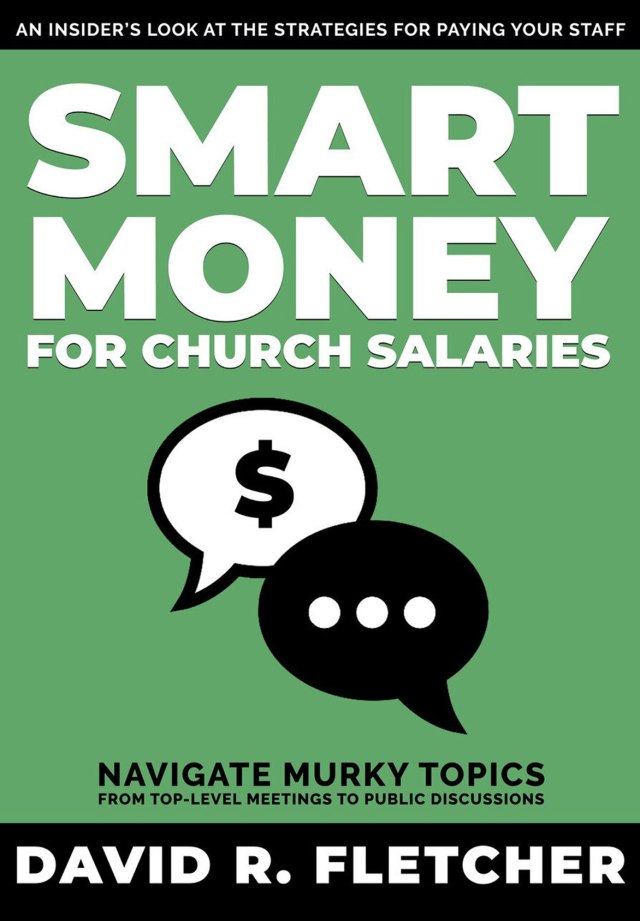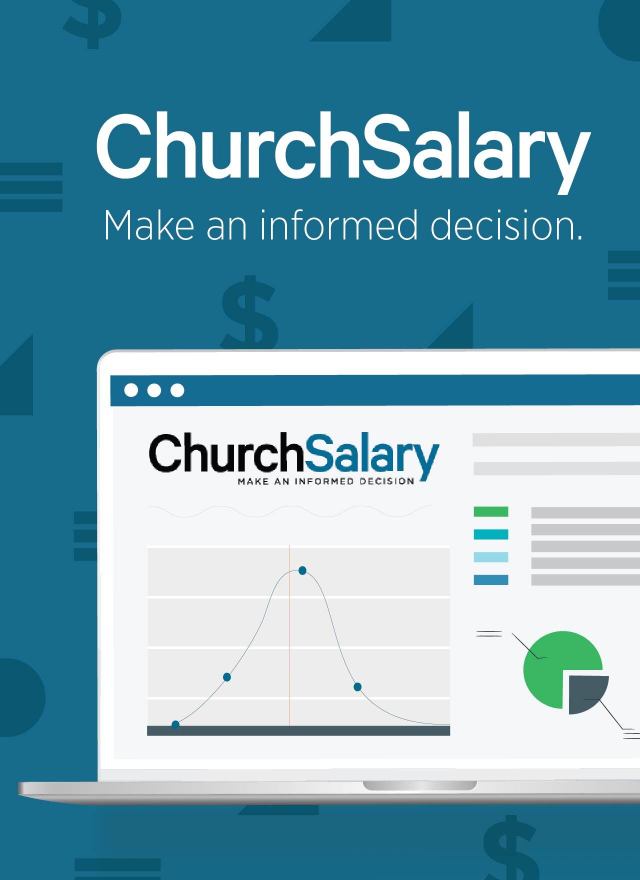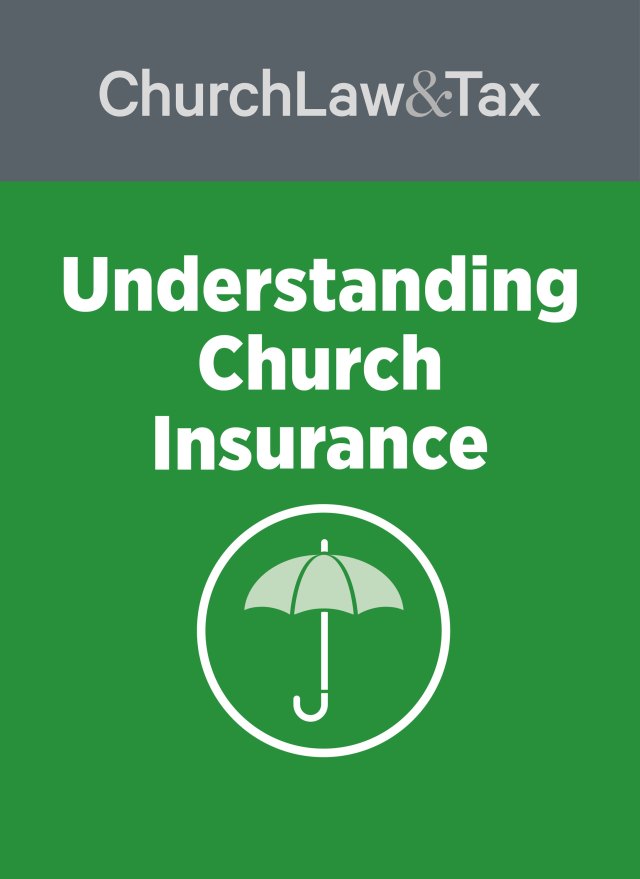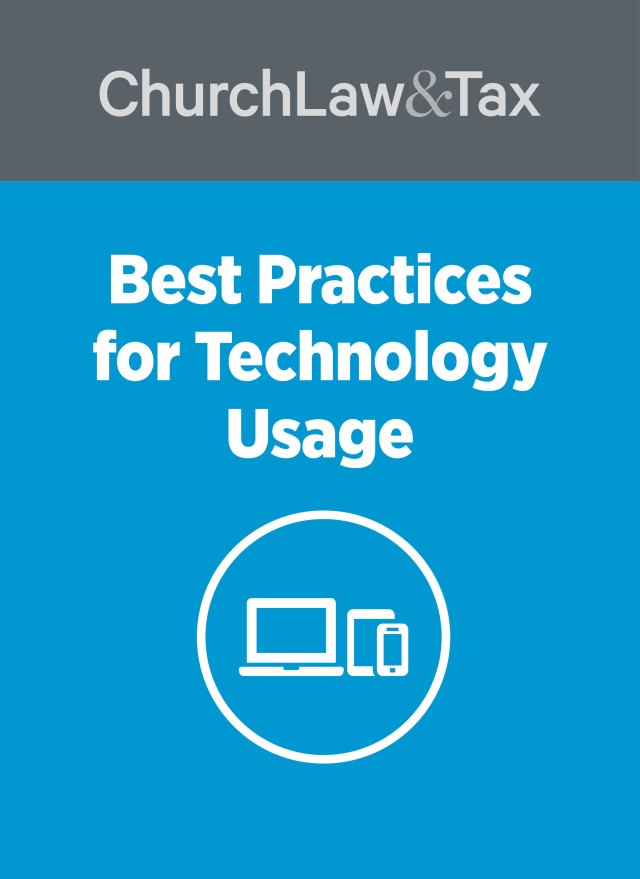New rules issued in 2019 by the US Department of Labor, US Department of Health and Human Services, and US Department of the Treasury (collectively, the Departments) fundamentally transformed the way many employers assist employees with their health care costs.
This significant development will again allow employers to:
- reimburse employees for some or all of the premium expenses they pay for an individual health insurance policy, and
- use their funds to directly pay the premiums for individual health insurance policy covering an employee.
Employers commonly used these methods to provide health insurance for employees for over half a century, but they had been made unlawful by the Affordable Care Act (ACA or Obamacare).
Background
The Affordable Care Act contains several reforms of the insurance market (market reforms) that apply to group health plans, including the following:
- Annual dollar limit prohibition. A group health plan may not establish any annual limit on the dollar amount of benefits for any individual.
- Preventive services requirement. Employer-sponsored group health plans must provide certain preventive services without imposing any cost-sharing requirements for these services on employees.
Prior to the enactment of the ACA, the tax code contained a number of popular tax-favored options for covering employees’ health care costs, including employer payment plans (EPPs). But since EPPs typically did not incorporate the two market reforms listed above, they were illegal under the Affordable Care Act. This meant that employers that continued to use EPPs, which had been used for over half a century to pay some or all the costs of employees’ health care, faced a staggering penalty of $100 per day ($36,500 per year) per employee.
Defining an EPP. The Internal Revenue Service (IRS) defines an EPP as any plan under which “an employer reimburses an employee for some or all of the premium expenses incurred for an individual health insurance policy . . . or arrangements under which the employer uses its funds to directly pay the premium for an individual health insurance policy covering the employee.” Notice 2013-54.
For additional background information on the Obamacare reforms discussed above, see my article, “ Are Church-Paid Medical Insurance Benefits Taxable? ”
Two significant developments
The use of EPPs was partially restored by two significant developments:
- Qualified small-employer health reimbursement arrangements (QSEHRAs) and
- “Individual Coverage HRAs” (ICHRAs). These options will again allow many employers to (1) reimburse employees for some or all of the premium expenses incurred for an individual health insurance policy, and (2) use their funds to directly pay the premiums for individual health insurance policy covering an employee.
Both developments are addressed below.
Qualified small-employer health reimbursement arrangement
Under the 21st Century Cures Act (2016), a QSEHRA is generally not a group health plan under the tax code and thus is not subject to the group health plan requirements. Most importantly, this means that a QSEHRA will not be assessed the $100 per day per employee penalty for failure to comply with the market reforms that apply to group health plans.
In brief, a QSEHRA is defined as an arrangement that:
- is provided on the same terms to all eligible employees of an eligible employer;
- is funded solely by the eligible employer, and no salary reduction contributions may be made under the arrangement;
- provides, after an employee gives proof of minimum essential coverage, for the payment or reimbursement of medical expenses of the employee and family members; and
- the amount of payments and reimbursements under the arrangement for a year cannot exceed specified dollar limits (for 2019, the dollar limit for an employee is $5,150 or $10,450 for an employee and family members).
Eligible employers and employees. For definitions and qualifications, see my article “New Act Restores Tax-Free Premium Reimbursements for Many.”
The relief from the $100 per day excise tax will not benefit all churches. A church may be subject to the penalty if, for example, it offers an employer payment plan or health reimbursement arrangement (in which an employer reimburses the employee for medical expenses generally of the employee and family members) and
- it is an applicable large employer with an average of 50 full-time and full-time equivalent (FTE) employees during the previous calendar year;
- it offers a group health plan to any of its employees;
- it contributes more than $5,150 ($10,450 for a family) to an employer payment plan or health reimbursement arrangement; or
- the arrangement fails to satisfy one or more of the other requirements for a QSEHRA summarized above. (The $5,150 and $10,450 amounts are adjusted annually for inflation and represent the 2019 amounts.)
Section 6652(o) of the tax code provides a penalty of $50 per employee (up to a maximum of $2,500 per calendar year per eligible employer) for failure to provide a written notice (see IRS Notice 2017-20).
The law’s provision of relief from the $100 per day per employee penalty for noncompliant group plans is effective retroactively.
Churches that have used an employer payment plan in the past, or that are using one now, should bear in mind the following points:
- Such plans may trigger an excise tax penalty of $100 per day per affected employee unless an exemption applies.
- Employers with fewer than 50 employees may avoid the $100 per day per employee penalty by adopting a QSEHRA.
- Larger employers (with 50 or more full-time employees during the prior year) are subject to the $100 per day per employee excise tax for maintaining an employer payment plan unless an exception applies.
- One exception approved by the IRS in Notice 2015-17 is to implement a plan that “increases an employee’s compensation, but does not condition the payment of the additional compensation on the purchase of health coverage (or otherwise endorse a particular policy, form, or issuer of health insurance).” Similarly, Notice 2013-54 provides that an employer payment plan “does not include an employer-sponsored arrangement under which an employee may choose either cash or an after-tax amount to be applied toward health coverage. Individual employers may establish payroll practices of forwarding post-tax employee wages to a health insurance issuer at the direction of an employee without establishing a group health plan, if the standards of the DOL’s regulation 2510.3-1(j) are met.”
- Large employers with 50 or more employees during the previous year should consult with a tax professional to address compliance issues.
- An arrangement under which an employer reimburses (or pays directly) some or all of Medicare Part B or Part D premiums for employees constitutes an employer payment plan, as described in Notice 2013-54, and if such an arrangement covers two or more active employees, it is a group health plan subject to the market reforms. An employer payment plan may not be integrated with Medicare coverage to satisfy the market reforms because Medicare coverage is not a group health plan.
For additional background information and other pertinent details, see IRS Notice 2017-20 and my article “New Act Restores Tax-Free Premium Reimbursements for Many.”
New rules for health reimbursement arrangements (HRAs)
The new rules released by the Departments permit employers to offer a new individual coverage health reimbursement arrangement (ICHRA) as an alternative to traditional group health plan coverage, subject to certain conditions. Among other medical care expenses, ICHRAs can be used to reimburse premiums for individual health insurance chosen by the employee, promoting employee and employer flexibility, while also maintaining the same tax-favored status for employer contributions toward a traditional group health plan.
Specifically, this significant development will again allow employers to
- reimburse employees for some or all of the premium expenses incurred for an individual health insurance policy, and
- use their funds to directly pay the premiums for an individual health insurance policy covering an employee.
As mentioned earlier, this benefit was commonly used by employers in the past to provide health insurance for employees, but was made illegal by the Affordable Care Act.
The new rules also increase flexibility in employer-sponsored insurance by creating another, limited kind of health reimbursement arrangement (HRA) that can be offered in addition to a traditional group health plan. These “excepted benefit” HRAs” (EBHRAs) permit employers to reimburse dental, vision, long-term care, COBRA, and the cost of copays, deductibles, or other expenses not covered by the primary plan even if the employee declines enrollment in the traditional group health plan. However, individual insurance premiums are not eligible for reimbursement under EBHRAs.
Most importantly, the new rules will provide hundreds of thousands of employers a better way to offer health insurance coverage and millions of workers and their families a better way to obtain coverage. The ICHRA rules will especially help small employers, who face larger administrative costs from offering a traditional group health plan, compete for talent. Many small employers struggle to offer coverage to their employees, and a significant number of small employers have stopped offering coverage since 2010.
Supporting Statistic. Between 2010 and 2018, the percentage of firms offering coverage declined from 59 percent to 47 percent at firms with 3 to 9 workers, from 76 percent to 64 percent at firms with 10 to 24 workers, from 92 percent to 71 percent at firms with 25 to 49 workers, and from 95 percent to 91 percent at firms with 50 to 199 workers (2018 Employer Health Benefits Survey from the Kaiser Family Foundation).
The Departments estimate that once employers fully adjust to the new rules, roughly 800,000 employers will offer ICHRAs to pay for insurance for more than 11 million employees and family members, providing these Americans with more options for selecting health insurance coverage that better meets their needs.
ICHRAs provide tax advantages because the reimbursements provided to employees do not count toward the employees’ taxable wages. In effect, ICHRAs extend the tax advantage for traditional group health plans (exclusion of premiums, and benefits received, from federal income and payroll taxes) to reimbursements of individual health insurance premiums.
Employers may also allow employees to pay for health insurance purchased outside the ACA-created health insurance exchange (off-exchange) on a tax-favored basis, using a salary reduction arrangement under a cafeteria plan, to make up any portion of the individual health insurance premium not covered by the employee’s ICHRA.
Note. Employers are not required to assist employees in finding health insurance in the private market. This is the employees’ responsibility.
In most cases, the ICHRA rules will increase worker options for health insurance coverage, allowing workers to shop for plans in the individual market and select coverage that best meets their needs. These rules will also result in coverage being more portable for many workers.
Supporting statistic. Of employers offering health benefits in 2018, 81 percent of small to midsized employers (fewer than 200 employees) and 42 percent of larger employers (at least 200 employees) provided only one type of health plan to their employees (2018 Employer Health Benefits Survey from Kaiser Family Foundation).
Facts to consider about ICHRAs
Church leaders should note the following additional information about ICHRAs.
An ICHRA reimburses employees for their medical care expenses (and sometimes their family members’ medical care expenses), up to a maximum dollar amount that the employer makes available each year. Qualifying medical expenses are listed in IRS Publication 502. The employer can allow unused amounts in any year to roll over from year to year.
Employees must enroll in individual health insurance (or Medicare) for each month the employee (or the employee’s family member) is covered by the ICHRA. This can be individual health insurance offered on or off an Exchange. However, it cannot be short-term, limited-duration insurance (STLDI) or coverage consisting solely of dental, vision, or similar “excepted benefits.”
Employers that offer an ICHRA must offer it on the same terms to all individuals within a class of employees, except that the amounts offered may be increased for older workers and for workers with more dependents.
You cannot offer an ICHRA to any employee to whom you offer a traditional group health plan. However, you can decide to offer an ICHRA to certain classes of employees and a traditional group health plan (or no coverage) to other classes of employees. Employers may make distinctions, using classes based on the following status:
- Full-time employees
- Part-time employees
- Employees working in the same geographic location (generally, the same insurance rating area, state, or multistate region)
- Seasonal employees
- Employees who have not satisfied a waiting period
- Nonresident aliens with no US-based income
- Salaried workers
- Non-salaried workers (such as hourly workers)
- Temporary employees of staffing firms, or
- Any group of employees formed by combining two or more of these classes.
To prevent adverse selection in the individual market, a minimum class size rule applies if you offer a traditional group health plan to some employees and an ICHRA to other employees. The minimum class size is 10 employees for an employer with fewer than 100 employees.
Employers can contribute as little or as much as they want to an ICHRA. However, an employer must offer the ICHRA on the same terms to all employees in a class of employees, except that employers can increase the amount available under an ICHRA based on the employee’s age or number of dependents.
Employers must provide a written notice to eligible participants regarding the ICHRA and its interaction with the premium tax credit. Employers must also have reasonable procedures to substantiate that participating employees and their families are enrolled in individual health insurance or Medicare, while covered by the ICHRA. Employees must also be permitted to opt out of an ICHRA at least annually so they may claim the premium tax credit if they are otherwise eligible and if the ICHRA is considered unaffordable.
If an employee opts out of the ICHRA, the employer generally will not have any responsibility with respect to the individual health insurance itself that is purchased by the employee, because it will not be considered part of an employer-sponsored plan, provided:
- An employee’s purchase of any individual health insurance is completely voluntary
- You do not select or endorse any particular insurance carrier or insurance coverage
- You don’t receive any cash, gifts, or other consideration in connection with an employee’s selection or renewal of any individual health insurance
- Each employee is notified annually that the individual health insurance is not subject to the Employee Retirement Income Security Act (ERISA), which is the federal law governing employer-provided health coverage.
Q&A about ICHRAs and EBHRAs
Here are the answers to some key questions about ICHRAs and EBHRAs:
Can an employer offer an ICHRA to satisfy the employer mandate?
First, only certain employers—in general, those with at least 50 full-time employees, including full-time equivalent employees, in the prior year—are applicable large employers subject to the employer mandate. An offer of an ICHRA counts as an offer of coverage under the employer mandate.
In general, whether an applicable large employer that offers an ICHRA to its full-time employees (and their dependents) owes a payment under the employer mandate will depend on whether the ICHRA is affordable. This is based, in part, on the amount the employer makes available under the ICHRA. Therefore, if you are an applicable large employer and want to avoid an employer mandate payment by offering an ICHRA, in general, you will need to contribute a sufficient amount for the offer of the ICHRA to be considered affordable.
Additional Information from the IRS. The IRS has announced that it will provide more information on how the employer mandate applies to ICHRAs. When this announcement is made, it will appear on irs.gov.
May an employer allow employees to pay any portion of the premium for their individual health insurance that is not covered by the ICHRA on a tax-preferred basis by using a salary reduction arrangement under a cafeteria plan?
The Internal Revenue Code provides that an employer may not permit employees to make salary reduction contributions to a cafeteria plan to purchase coverage offered through an Exchange. However, that restriction does not apply to coverage that is purchased off an Exchange. Therefore, if an employee buys individual health insurance outside an Exchange and the ICHRA doesn’t cover the full premium, the employer could permit the employee to pay the balance of the premium for the coverage on a pretax basis through its cafeteria plan, subject to other applicable regulations.
Can large employers offer ICHRAs too?
Yes. Although the Departments expect that the rule will especially benefit small and mid-sized employers, employers of all sizes may offer an ICHRA, subject to the conditions in the ICHRA rules.
What are the benefits of offering an EBHRA?
There may be scenarios in which you wish to offer a reimbursement plan in addition to a traditional group health plan—for example, to help cover the cost of copays, deductibles, or non-covered expenses. EBHRAs generally allow for higher levels of employer contributions than health flexible spending arrangements (FSAs) and can permit rollover of unused amounts from year to year. Beginning in 2020, reimbursement arrangements can be offered as “excepted benefits” which are exempt from many federal health care requirements that don’t work well for account-based plans. Employees may use these EBHRAs even if they do not enroll in the traditional group health plan (or in any other coverage), which distinguishes the EBHRA from other HRAs.
To qualify as excepted benefits:
- The annual HRA contribution must be limited to $1,800 per year (indexed for inflation beginning in 2021).
- The HRA must be offered in conjunction with a traditional group health plan, although the employee is not required to enroll in the traditional plan.
- The HRA cannot be used to reimburse individual health insurance premiums, group health plan premiums (other than COBRA), or Medicare premiums, although it can reimburse premiums for excepted benefits, such as dental and vision coverage, as well as for STLDI.
- The HRA must be uniformly available to all similarly situated individuals (as defined under the Health Insurance Portability and Accountability Act, which generally permits bona fide employment-based distinctions unrelated to health status).
The EBHRA will help some of the growing number of employees who have been opting out of their employer’s traditional group health plan because the employee’s share of premiums is too expensive.
Supporting Statistic. In 1999, 17 percent of workers eligible for employer coverage at small and midsized firms (those with 3 to 199 workers) turned down the offer of employer coverage. By 2011, this share had climbed to 22 percent, and in 2018 it was 27 percent (2018 Employer Health Benefits Survey from the Kaiser Family Foundation).
Need help setting up an ICHRA or EBHRA?
Contact:
- your church pension provider
- an attorney
- CPA
- employee benefits professional
- the Department of Labor at 1-866-444-3272 or askebsa.dol.gov. More information regarding ICHRAs and Excepted Benefits HRAs is also accessible at dol.gov/agencies/ebsa.
- the IRS Office of Chief Counsel, Health and Welfare Branch, at 202-317-5500 (not a toll free number) regarding the federal tax-treatment of employer-provided health coverage.
QSEHRA or ICHRA?
The Departments’ supplementary information to the final rule note that “an employer may not both offer an ICHRA and provide a QSEHRA.”However, “the final rules do not change the ability of eligible employers to provide QSEHRAs. Rather, the final rules provide an opportunity for all employers, including those who may or may not qualify to sponsor a QSEHRA, to sponsor an individual coverage HRA.”
Many employee benefits professionals are suggesting that employers use QSEHRAs instead of ICHRAs unless
- they have 50 or more employees,
- the caps on contributions to an ICHRA are too low, or
- you want more freedom to provide an ICHRA to only certain classes or groups of employees.

